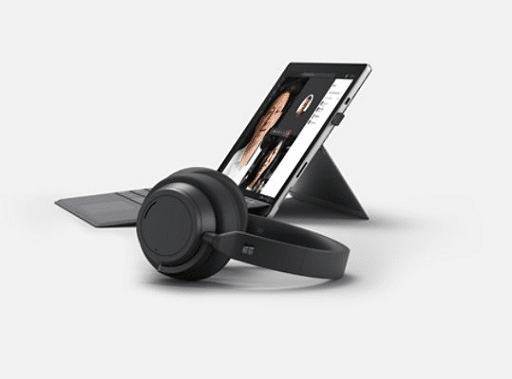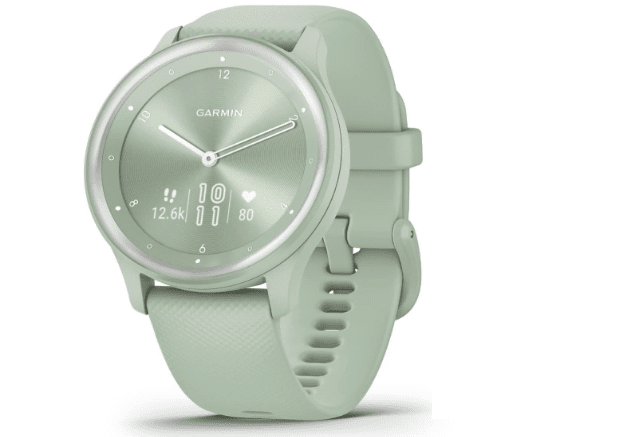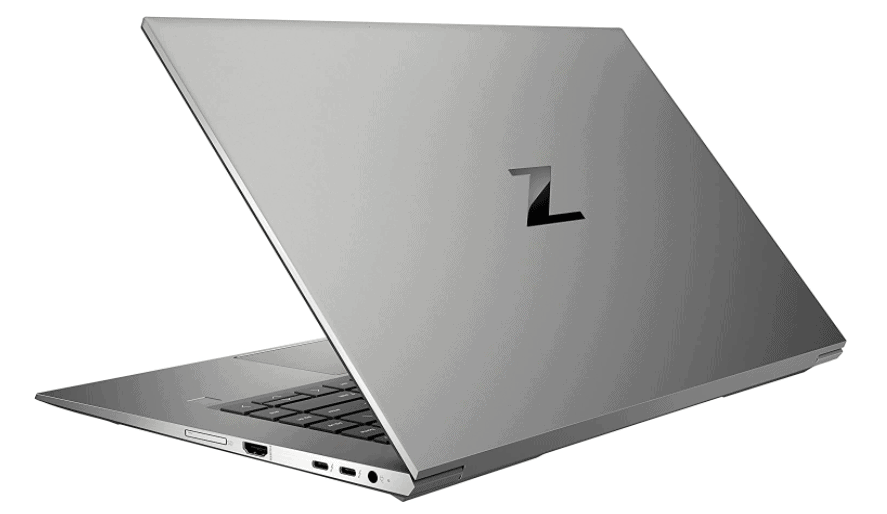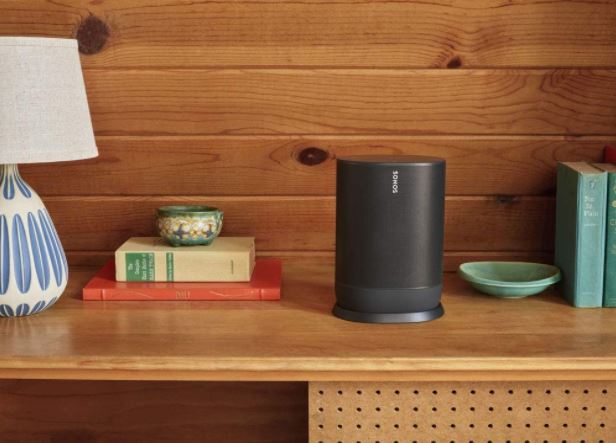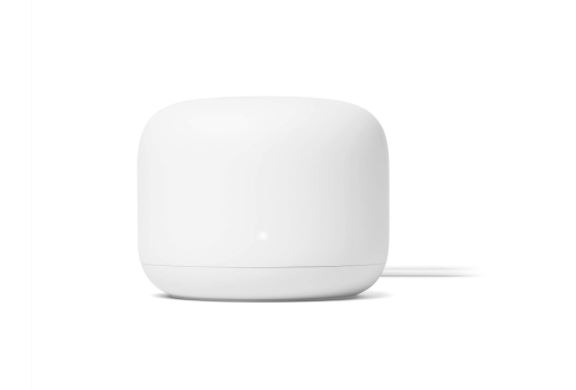DJI Mini 3 Pro: The drone world has shrunk over the last few years. Governments are passing new restrictions that make it difficult or impossible to take to the air with flying cameras to capture the planet’s gorgeous and varied landscapes from an aerial perspective. Many of these limitations are weight-based, with 250 grams being the cutoff mark over which there are legal ramifications and below which there is relative aerial freedom.
As a result, as exciting and powerful as DJI’s larger drones are, the great majority of would-be pilots will most likely choose their smallest and lightest drone. The DJI Mini 3 Pro weighs 249 grams and, with significant improvements over its predecessor, seeks to offer high-end functions to a pint-sized drone.
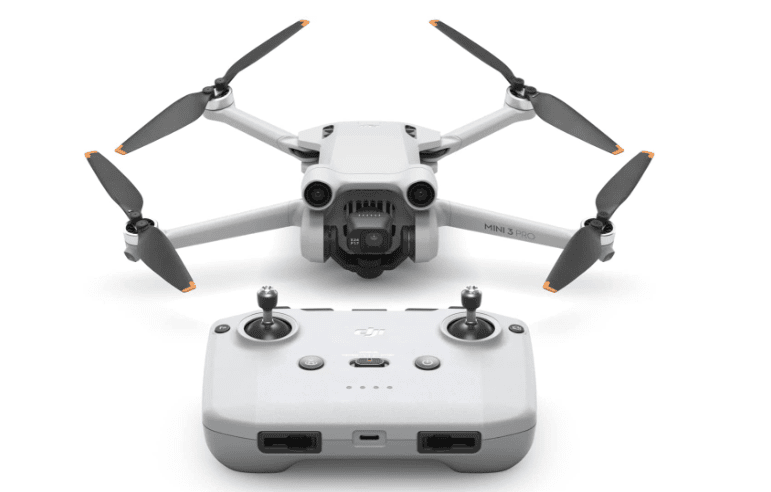
DJI Mini 3 Pro Design
This is an odd-looking small drone, but that is due to the need to shave every fraction of a gram from the Mini 3 Pro. The core operation of the drone, however, is very similar to that of its numerous siblings in DJI’s portfolio. The gimbal is protected by a plastic cover, and the arms that hold the four rotors fold neatly into the fuselage.
The battery slides into the back of the drone, where it latches in tightly. I prefer this rear battery-mounting arrangement to the top-mounted batteries found in some older DJI drones since it provides superior moisture protection.
You can pair the Mini 3 Pro with one of two controllers: the now-standard RC-N1, which is included with most of DJI’s current lineup and connects to a smartphone or tablet for display, or the new DJI RC, which is almost as interesting to me as the drone itself.
The Mini 3 Pro’s build quality is delicate due to its relatively lightweight, but it’s really solidly crafted. The modest weight of this drone, combined with its low speed, may actually boost its chances of survival in accidents, as the forces involved will be less severe than with a larger drone. However, that is pure speculation on my behalf, as I remained accident-free during my time with the Mini 3 Pro, thanks in part to its great obstacle-sensing skills.
You may also like Flying After Dark: Can You Fly a Drone at Night?
Performance and Software
The Mini 3 Pro isn’t the fastest drone on the market, but it’s also not a slug. It can fly at speeds of up to 35mph, and I never feel constrained by its speed. You have numerous speed settings, as with other DJI drones, including cine (slow), normal, and sport (fast). All three are beneficial in a variety of situations, however, obstacle avoidance is not available in sports mode.
The Mini 3 Pro can also withstand strong gusts, as I discovered when photographing an approaching rainstorm from the air. Despite the thrashing of the trees around me, the drone remained stable enough to capture brief time-lapse footage of a distant cloudburst. It can resist winds of up to 10.7 meters per second.
In terms of battery life, the Mini 3 Pro’s standard battery gives up to 34 minutes of flight time, which is more than plenty. If you need extra flight time, the optional Intelligent flight battery can keep you aloft for up to 47 minutes. However, larger batteries raise the weight of the drone above the 250-gram sweet spot. I just utilized smaller, lighter batteries and discovered that I could do a lot more flying.
The signal transmission is good, and the drone gives a high-resolution, low-latency feed, making it incredibly enjoyable to fly. The signal did cut out for a few seconds once or twice, but I’m not going to hold it against it because I was running prerelease firmware. It was a problem I had with the Mavic 3 immediately after it was released last year, but it was swiftly resolved. However, it is something that early adopters should be aware of.
I’m delighted to inform that the Mini 3 Pro acquires satellites far faster than the Mavic 3, which has GPS acquisition as an Achilles’ heel. Fortunately, I discovered that the Mini 3 Pro acquires a GPS lock almost as quickly as my Air 2S.
Because the DJI Fly Software is used to control the Mini 3 Pro, it was a really pleasant and familiar experience for me, considering that the other drones I’m currently flying also utilize this app. I have no complaints about the app because it runs well and reliably and provides quick access to all of the settings and controls I require.
Quickshots, Mastershots, timelapse, panoramic, Spotlight 2.0, and Point of Interest 3.0 are among the intelligent photography modes available. ActiveTrack 4.0 provides accurate subject tracking, which, when combined with the drone’s tri-directional obstacle sensing and APAS 4.0, allows it to follow subjects while avoiding collisions.
You may also like Potensic Drone D58 with 1080P Camera
DJI Mini 3 Pro Camera
The Mini 3’s camera is a significant enhancement that truly merits the “Pro” label. Camera capabilities, particularly sensor size, have been a typical compromise in many lower-priced and smaller form factor drones. The Mini 3 Pro’s sensor isn’t enormous, but at 1/1.3 inch, it’s significantly larger than what would be expected. In practice, it produces photographs and movies with incredible clarity and detail.
The Mini 3 Pro can take 48MP RAW images and film 4K video at up to 60 frames per second, featuring a D-Cinelike color mode for video. The Mini 3 Pro also has dual native ISO, allowing it to capture HDR footage without losing details in the shadows or highlights.
While the image clarity is amazing, the range of movement of the drone’s camera is much more impressive. The Mini 3 Pro can shoot vertical photographs and video as well as look straight up, which are both features that, to my knowledge, are nearly unique in a drone.
CamRojud may earn a certain commission on products purchased via our links, which supports our effort on this content.
Would you like to read more about DJI Mini 3 Pro-related articles? If so, we invite you to take a look at our other tech topics before you leave!







